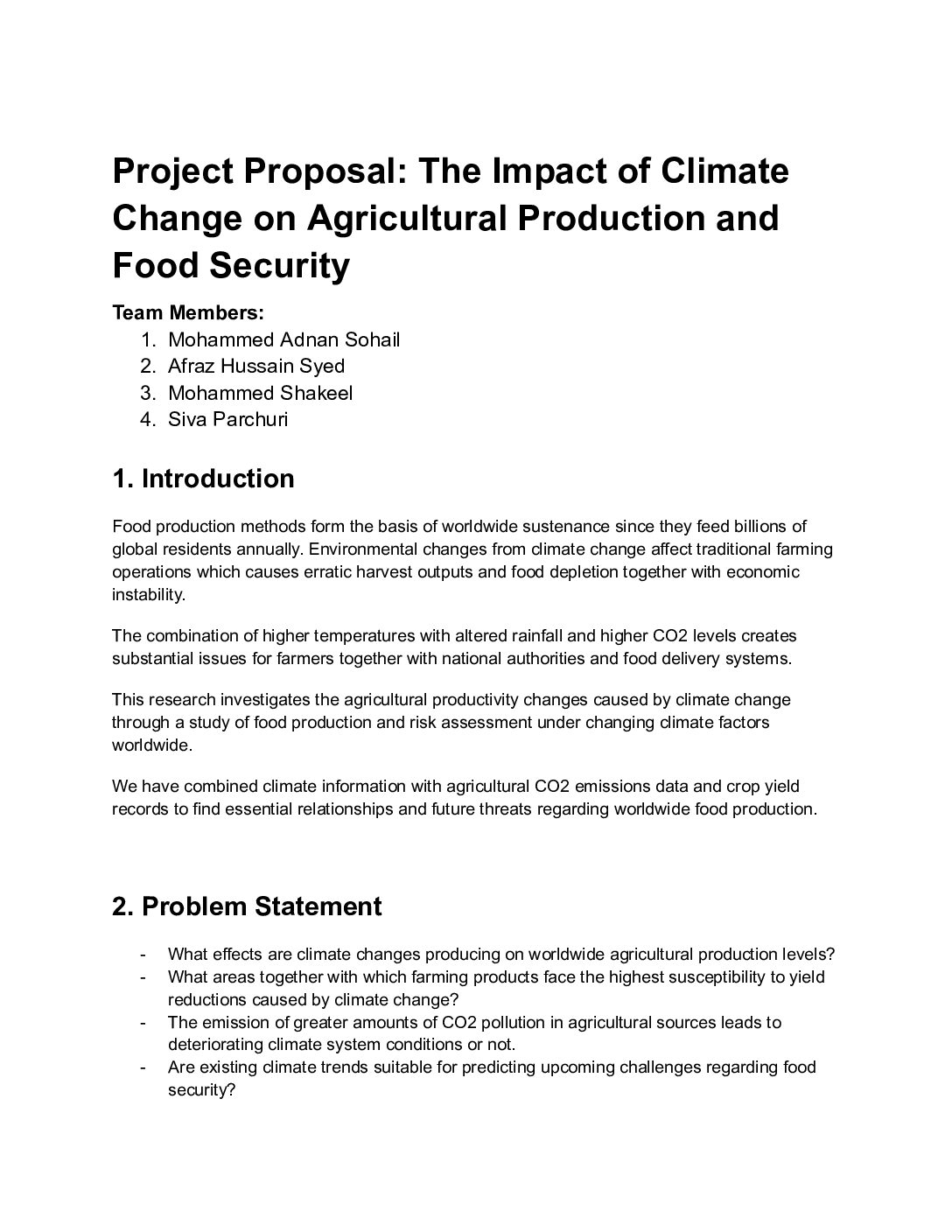Assessment Details
- Assessment Number: AS1
- Assessment Type: Portfolio – 5000 words (100%)
- Assessment Name: New Venture Business Plan
- Assessment Submission Date: 9th May 2025
Learning Outcomes Assessed
LO1: Demonstrate a systematic and critical understanding of contemporary tools, techniques, and strategies for innovation management, entrepreneurial thinking, opportunity evaluation, and the development of new ventures.
LO2: Critically evaluate market opportunities, technology developments, and available resources, including sources of capital, and synthesize findings to support innovative value propositions and new ventures.
LO3: Identify and critically evaluate and interrelate stakeholder interests and key risks, including financial, commercial, technical, and legal risks, in the context of a new venture, and propose and justify strategies for managing these complex issues.
LO4: Develop a cogent and justified business plan for a new venture to respond to an evidenced-based market opportunity supported by a critical analysis of key risks and key stakeholder interests.
Use of Generative Artificial Intelligence (GAI) Applications in this Assessment
| AI Status | Application | Notes |
|---|---|---|
| Category B | GAI can be used to assist with the assessment. | ChatGPT or any GAI can be used for Task 3 and Task 4. |
| Grammar and/or spell checkers may be used. | Task 3: You can use ChatGPT to generate steps or a template for stakeholder analysis (Mendelow’s, Salience, or RACI matrix model). However, the content discussion must be in your own words. | |
| Task 3: You can also use ChatGPT for risk analysis steps or to generate a risk matrix chart, but discussion must be original and relevant to your venture. | ||
| Task 4: You can use ChatGPT to generate steps for strategy development, but the content discussion must be in your own words. |
Important: Any GAI-generated content that is presented as original work and not acknowledged will be assessed for academic misconduct.
Assessment Task
Scenario: Midlands Green Innovation Fund (MGIF)
The Midlands Green Innovation Fund (MGIF) has provided over £900 million in direct and private sector co-investment to emerging enterprises. MGIF has launched a new fund dedicated to green and sustainable innovations to promote sustainability, renewable energy, eco-friendly products, and carbon footprint reduction.
MGIF has allocated £180 million to finance sustainable innovations, offering up to £800,000 per project in the categories of sustainability, renewable energy, eco-friendly products, social innovation, fintech, and carbon footprint reduction.
To qualify for funding, applicants must:
- Select one social enterprise from the listed categories.
- Ensure the venture meets MGIF’s funding criteria.
- Propose a new venture with evidence-based market opportunity.
Assessment Structure
Part 1 – Pitch (Formative Assessment)
- 10-minute in-class presentation to gain lecturer approval before proceeding to Part 2.
- 10 slides should include:
- a) Context of the new social venture.
- b) Evidence-based critical analysis supporting the venture.
- c) Stakeholders, risks, and required resources.
Part 2 – Business Development Plan Report (5000 words) – Summative Assessment
Task 1: Executive Summary and Introduction (15%)
- Critically evaluate social entrepreneurship in innovation and entrepreneurial thinking. (300 words)
Task 2: Entrepreneurial Thinking, Market Opportunity Evaluation, and Value Proposition (30%)
- Introduce the new venture, its value proposition, mission, and vision.
- Provide critical analysis of market opportunities supported by facts and figures.
- Synthesize findings to support an innovative value proposition.
- Evaluate resources and key partners. (2000 words)
Task 3: Stakeholders and Risk Analysis (25%)
- Critically evaluate stakeholder interests and risk analysis related to the new venture.
- Select one stakeholder analysis model (Mendelow’s, Salience, or RACI). Justify model selection.
- Conduct a risk analysis covering financial, commercial, technical, and legal risks using a risk matrix chart. (1500 words)
AI Use: ChatGPT can be used for steps/templates for stakeholder and risk analysis, but content discussion must be original with relevant references.
Task 4: Strategy Development (15%)
- Justify and apply one strategic model (Business Canvas, Hybrid, Social Business, or another suitable model). (700 words)
Task 5: Conclusion (5%)
- Summarize key findings. (500 words)
Additional Requirements:
- Reference List (not included in word count).
- Appendix (not included in word count).
- PowerPoint Slides from Part 1 (not included in word count).
Declaration of AI and Software Use
At the end of the assessment, declare any software tools or Generative AI (GAI) applications used.
Minimum Secondary Research Sources Requirements
- 15-20 sources minimum.
- 4 refereed academic journals.
- 5 academic books.
- Do not use Wikipedia, blogs, or unreliable sources.
- Use Harvard Referencing: Harvard Referencing Guide.
Assessment Criteria (Rubric)
| Criteria | Exceptional (85-100%) | Excellent (70-84%) | Good (60-69%) | Satisfactory (50-59%) | Borderline Fail (45-49%) | Fail (<45%) |
| Executive Summary (15%) | Outstanding depth of knowledge. | Excellent breadth of knowledge. | Thorough understanding. | Satisfactory discussion. | Lacking in clarity. | Inadequate coverage. |
| Market Opportunity & Value Proposition (30%) | Holistic critical review, strong synthesis. | Succinct critical evaluation, clear justification. | Good overview, supported by data. | Coherent discussion, minor gaps. | Superficial treatment, missing elements. | Weak justification, lacks depth. |
| Stakeholders & Risk Analysis (25%) | Insightful, holistic critical analysis. | Integrated critical discussion. | Effective evaluation. | Strong analysis, minor gaps. | Incomplete application of models. | Key elements missing, weak justification. |
| Strategy Development (15%) | Holistic critical review, strong justification. | Succinct analysis, well-argued. | Effective review of strategies. | Satisfactory discussion. | Limited justification. | Weak analysis, missing key aspects. |
| Conclusion (5%) | Well-developed, strong grasp of theory. | Thorough, analytical conclusions. | Some critical insight, logical. | Sound but basic conclusions. | Limited understanding. | Ineffective conclusions. |

